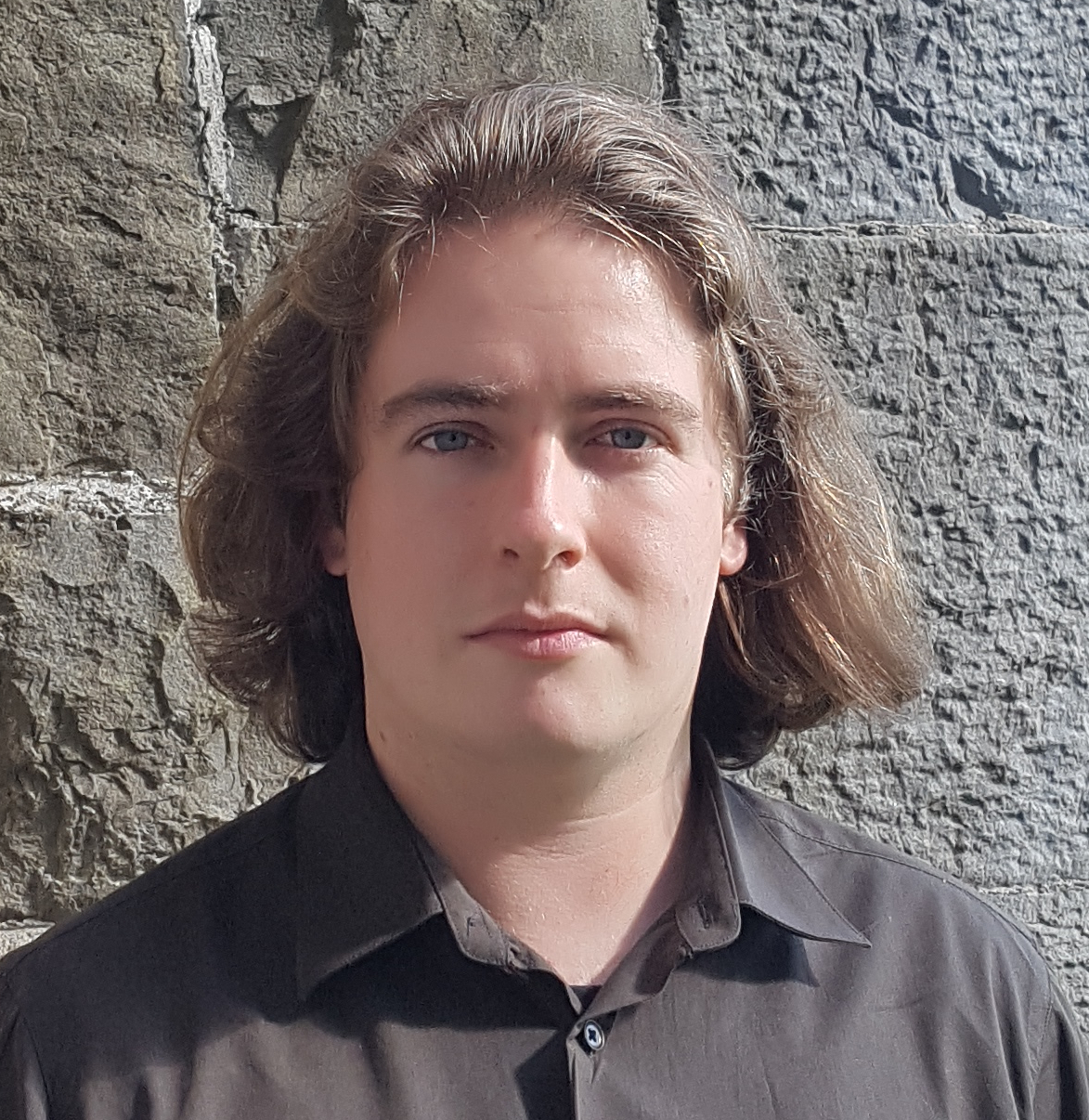
Semiconductor crystal phase engineering: new platforms for future photonics (SATORI)
SATORI is a three-year Marie Skłodowska-Curie Individual (Global) Fellowship in physics, funded by the European Commission.
The Fellowship begins with a two-year outgoing phase at the University of California, Santa Barbara, U.S.A., during which time I will work as a member of the Computational Materials Group under the supervision of Prof. Chris Van de Walle.
The one-year reintegration phase of the Fellowship will take place at Tyndall National Institute, Ireland, where I will rejoin the Photonics Theory Group under the supervision of Prof. Eoin O’Reilly.
Project description
With the exception of III-N compounds, containing nitrogen (N), the compound III-V and elemental group-IV semiconductors that underpin contemporary optoelectronics crystallise in a cubic structure. Recent advancements in semiconductor growth have enabled switching between cubic and hexagonal phases, allowing fabrication of these materials in metastable hexagonal crystal phases. This so-called “crystal phase engineering” constitutes an emerging paradigm in materials science, presenting significant new opportunities to engineer the properties of established semiconductors to deliver new capabilities for technological applications in next-generation optoelectronic devices.
Detailed understanding of the implications and ultimate potential of crystal phase engineering is currently lacking. The SATORI project aims to close this key knowledge gap by delivering detailed theoretical analysis of the fundamental electronic and optical properties of metastable hexagonal semiconductors.
The outgoing phase of the Fellowship will focus on establishing quantitative calculations of radiative and non-radiative carrier recombination rates from first principles. The reintegration phase will focus on establishing multi-band k.p Hamiltonians for hexagonal semiconductors, to provide a platform for initial analysis of so-called “crystal phase heterostructures”, formed by alternating between cubic and hexagonal phases in a single material.
A key outcome of the Fellowship will be the release of an open-source library of plane wave k.p codes - working name kpymod - to enable accurate and computationally efficient calculations of the electronic and optical properties of semiconductor quantum wells and superlattices.
Project outputs
As a participating project in the European Commission’s Open Research Data Pilot, all publications and associated data arising from SATORI will be made publicly available on a free, open-access basis.
The current version of the SATORI Data Management Plan can be downloaded below. Publications and presentations related to SATORI will be listed on this website, where links to open-access versions of accepted manuscripts and associated data will be provided.
Deliverable 1.1 - Data Management Plan
Stay tuned for updates, and feel free get in touch via any of the platforms linked on my homepage if you are interested in discussing this work!
